Biography Auguste MOREAU (1834-1917)
Auguste MOREAU belongs to the Moreau family, a dynasty of 19th and early 20th century sculptors. He is the son of Jean-Baptiste-Louis-Joseph Moreau and the younger brother of sculptors Hippolyte Moreau and Mathurin Moreau.
While his parents ran a café-guinguette, Le Salon de Mars in Saint-Saulve, the young Auguste was indistinguishable from the children of the village and was a dull schoolboy. He meets Auguste Meurice, a painter and decorator from Valenciennes who frequents his parents' establishment and befriends him. By this frequentation, he made the acquaintance of several students of the Academy of painting of Valenciennes and around 16 years old enrolled in the Academy. He follows the courses of Julien Poitier. He executed portraits of his entourage and of the villagers that he managed to sell, first at affordable prices, then better and better, and obtained a few commissions for religious subjects for the churches of the region. He perfected himself through practice and became a sought-after local painter. From 1872, he sent paintings to the Salon des arts valenciennes and was elected a member of the Society of Agriculture, Sciences and Arts of Valenciennes. In 1873, he made his first shipment to the Paris Salon; he will then be present there almost every year but will not win any prizes. Until 1880, he signed his paintings "Auguste Moreau", he then added the name of his wife "Deschanvres" to avoid confusion with namesakes. In 1902, he obtained an important commission for a series of portraits of the archbishops of Cambrai1.
He was made a pontifical knight in the order of Saint-Grégoire-le-Grand, no doubt in recognition of the numerous portraits he made of the dignitaries of the Catholic Church of the North. Genre painter and portrait painter, Auguste Moreau-Deschanvres never left his native region where he had found all his inspiration.
Shortly after his death, from March 23 to April 6, 1913, 150 paintings and drawings were exhibited in his studio and put up for sale.
Susse Frères Foundry
The two Susse brothers, Nicolas and Victor, began by marketing small bronzes in their paper mill in the Passage des Panoramas in Paris. We find traces of their new activity as art founders in 1839, they publish a small catalog of their production. It was their first major contract with a renowned sculptor, James Pradier, who launched their business in 1841. In 1847, they use the Collas-Sauvage reduction process which allows the realization of small bronzes of furniture, reproducing famous works Under the Second Empire, the house prospers thanks to many artists supplementing its catalog. Nicolas and Victor having died, it was Albert Susse who continued the activity, relying on two sales outlets in Paris. A third opened in the 1900s at no. 13 boulevard de la Madeleine. The Susse house then had the exclusivity of artists such as Pierre-Jules Mêne, Auguste Cain, Pierre-Nicolas Tourgueneff, Evgueni Alexandrovitch Lanceray, and also published Louis-Ernest Barrias, Jules Dalou, Alexandre Falguière or Mathurin Moreau. Susse frères also publishes in marble works by Jules Dalou by Jean-Baptiste Carpeaux.



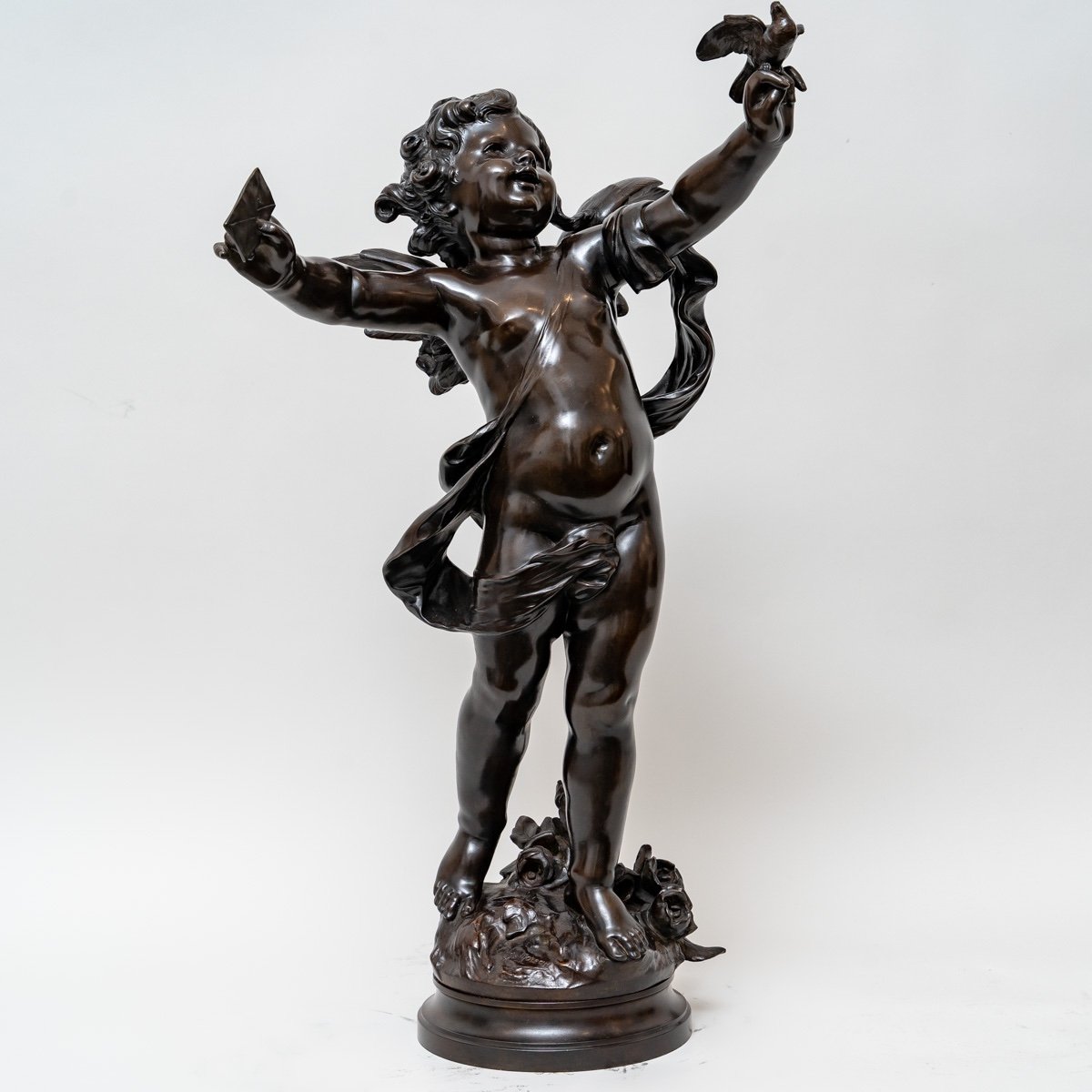


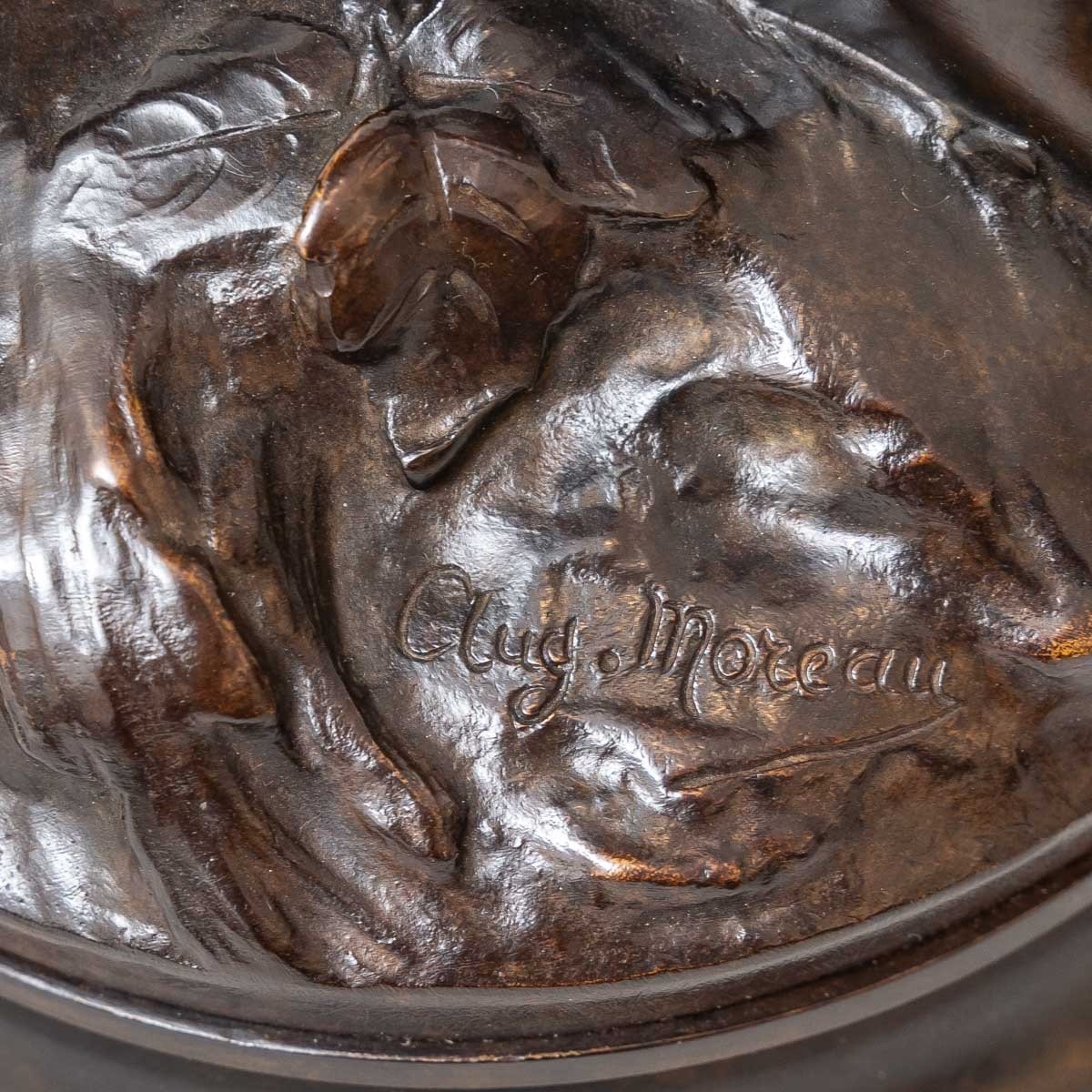
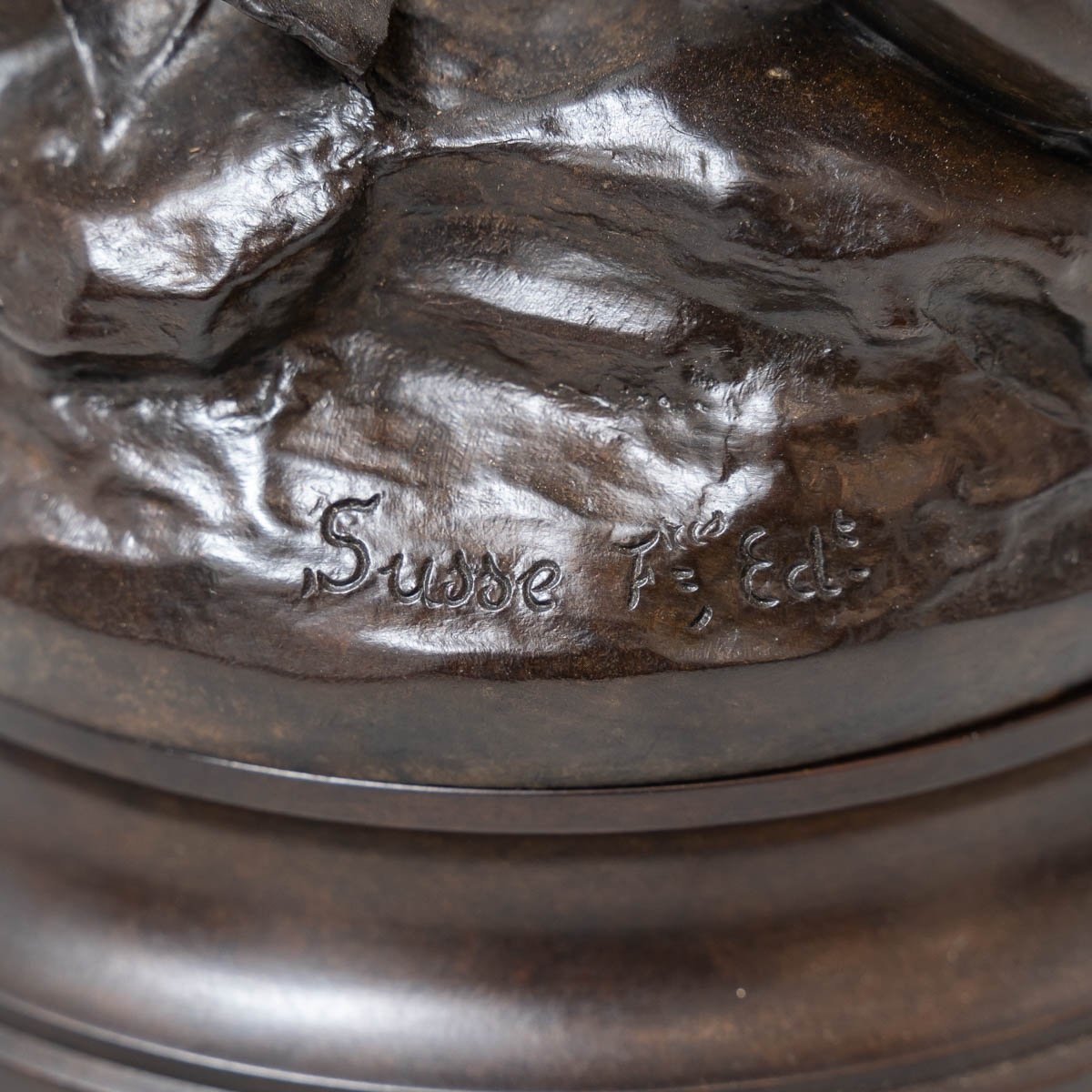


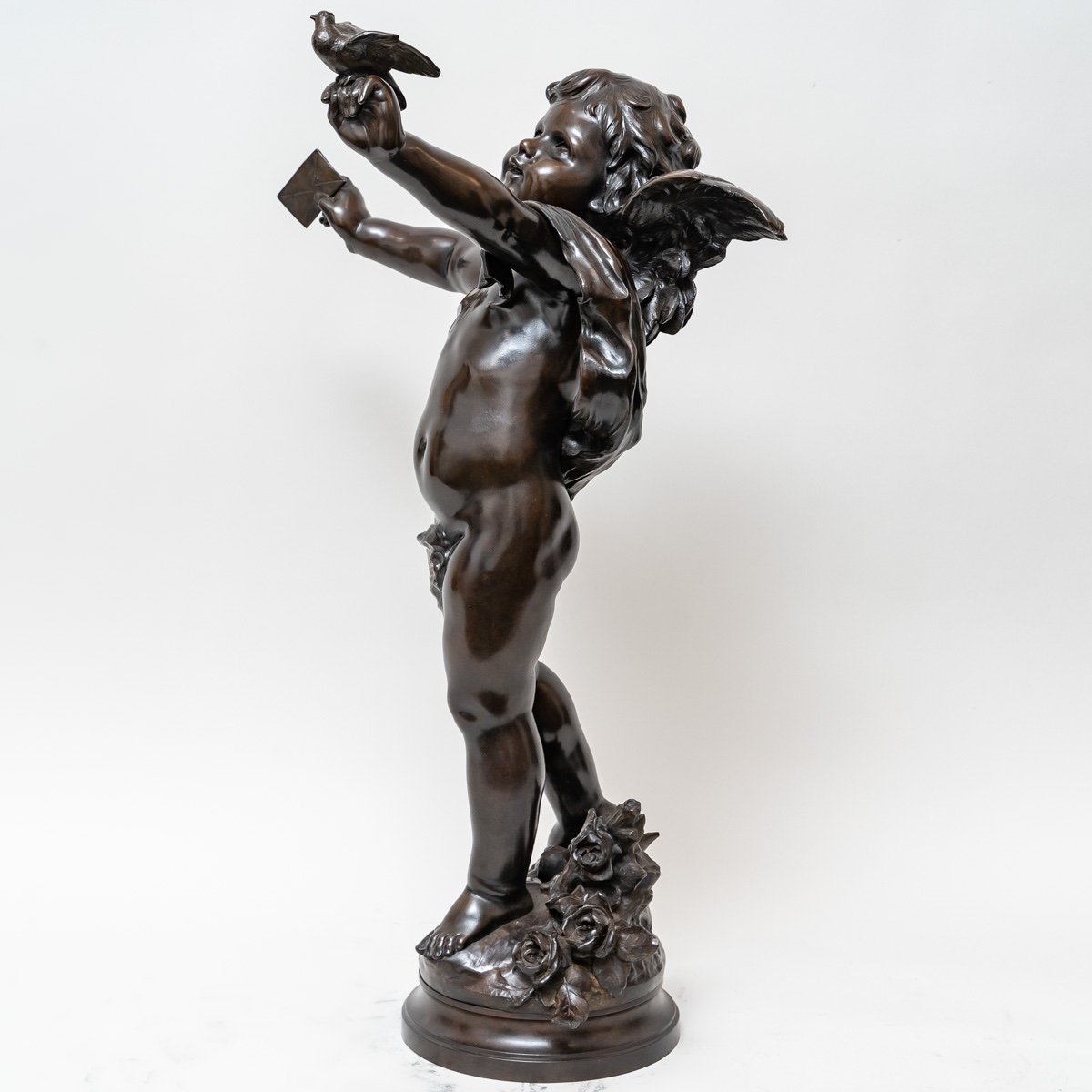
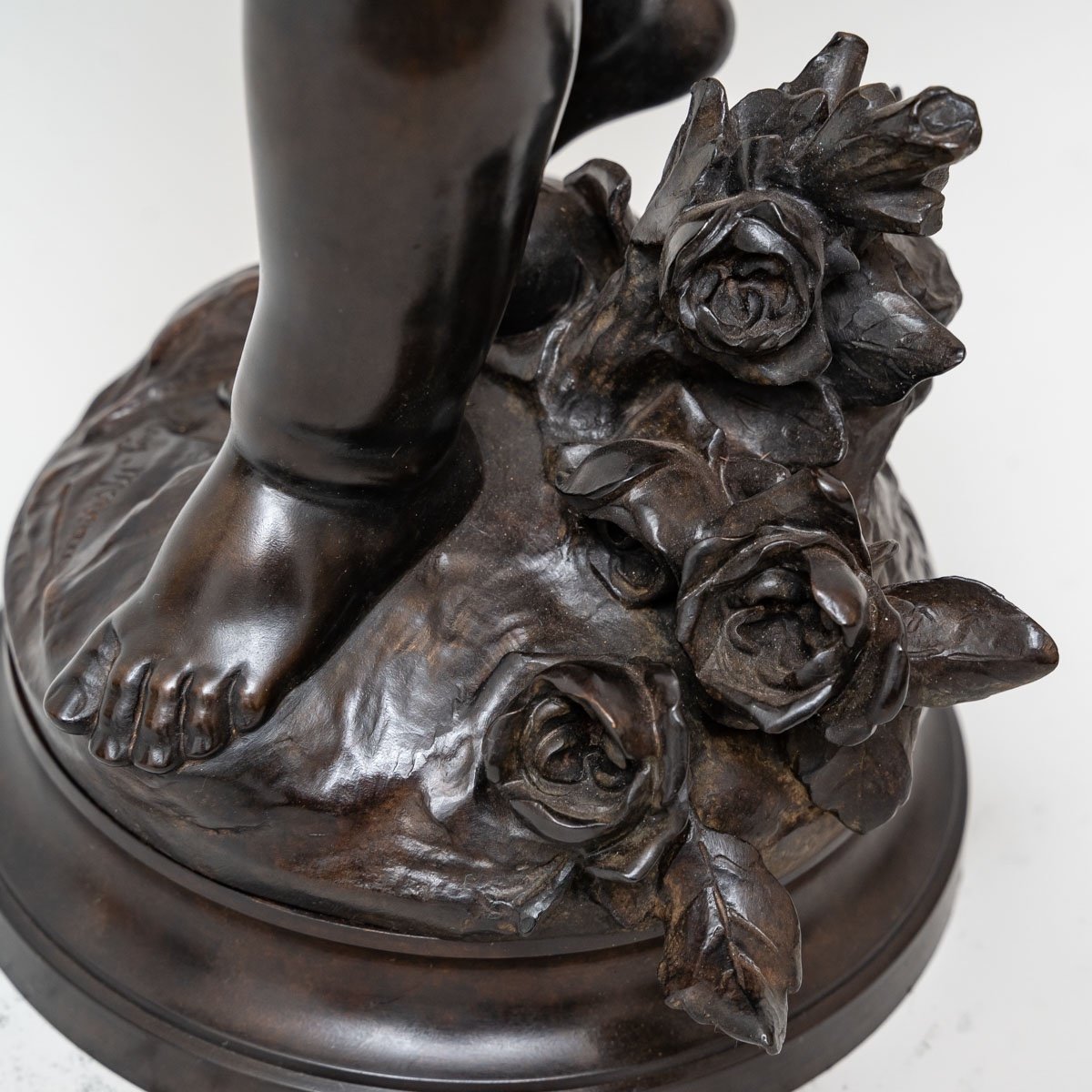

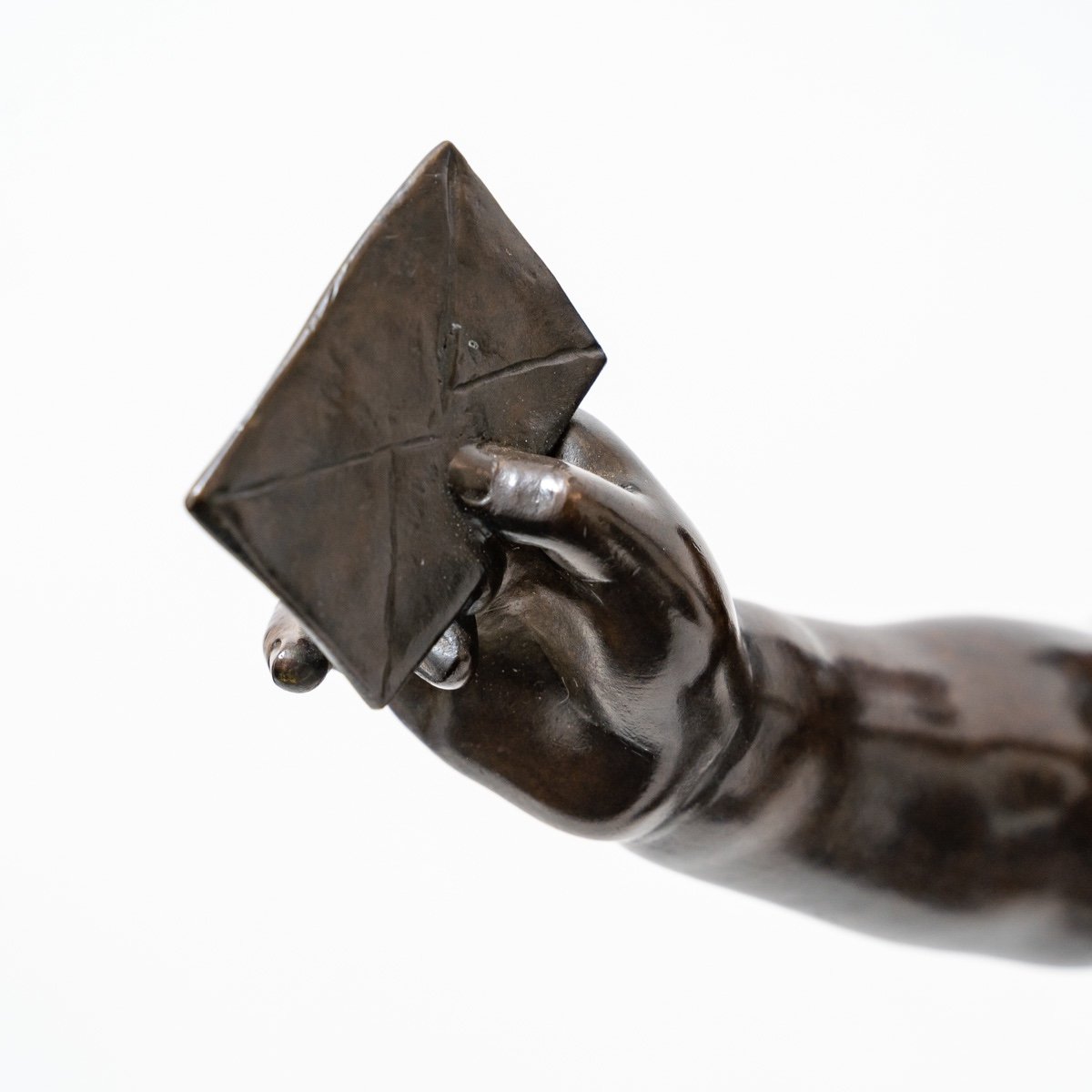
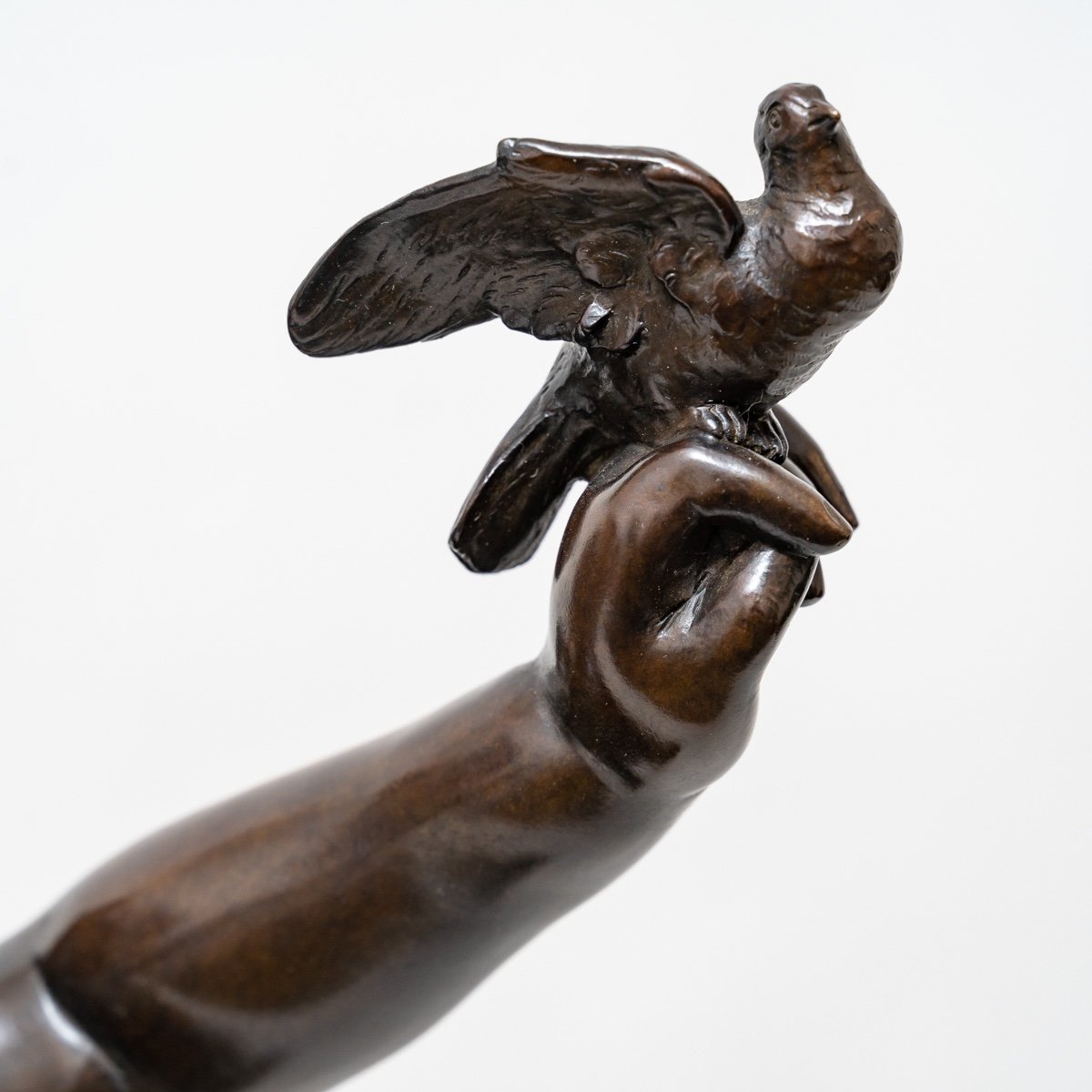
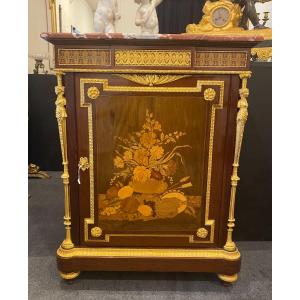
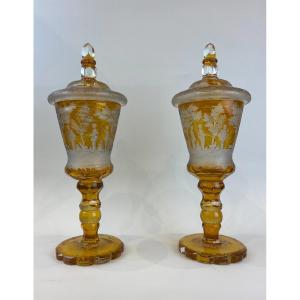



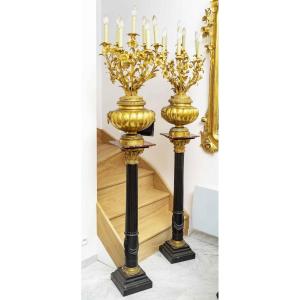
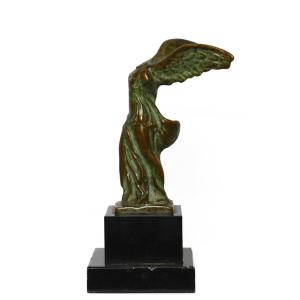
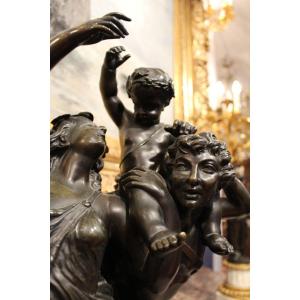
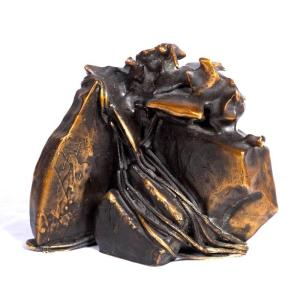
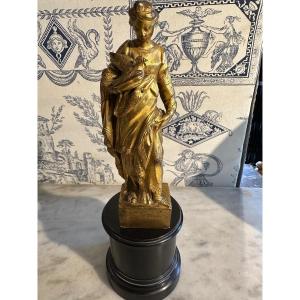





 Le Magazine de PROANTIC
Le Magazine de PROANTIC TRÉSORS Magazine
TRÉSORS Magazine Rivista Artiquariato
Rivista Artiquariato
